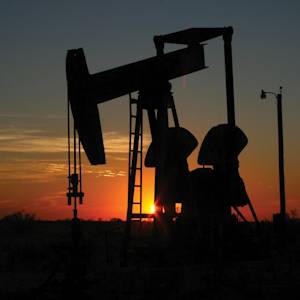The First Industrial Revolution
1760 CE - 1830 CE • Worldwide
"The First Industrial Revolution was a period of scientific and technological development that lasted from the mid-18th to the mid-19th century. Much of this development took place in European countries, European colonies and the United States . . . During the Industrial Revolution, Britain increased its use of coal as a fuel source. Coal became a key factor in the Industrial Revolution, and its popularity as a fuel source spread in Europe, Asia and the United States. Coal helped power new factories, ships and trains, as well as smelt iron and provided heat for many homes. At the same time, it increased the amount of CO2 in the air. . . . Deforestation in the name of colonial conquest also released more of this greenhouse gas into the atmosphere. This was particularly true in North America, where English colonists culled forests between the eastern seaboard and the Mississippi River. Deforestation also occurred as cities grew and industrialized, to make way for more housing and factories."
Becky Little, "How Early Signs of Climate Change Date Back to the Industrial Revolution," History Channel, April 18, 2023, https://www.history.com/news/industrial-revolution-climate-change
Sächsische Maschinenfabrik in Chemnitz, Germany, 1868 via Wikimedia Commons


Learn about Maya Lin’s fifth and final memorial: a multi-platform science based artwork that presents an ecological history of our world - past, present, and future.

Discover ecological histories and stories of former abundance, loss, and recovery on the map of memory.

Learn how we can reduce our emissions and protect and restore species and habitats – around the world.

See how art can help us rethink the problems we face, and give us hope that each one of us can make a difference.

Help make a global memorial something personal and close to home. Share your stories of the natural world.

